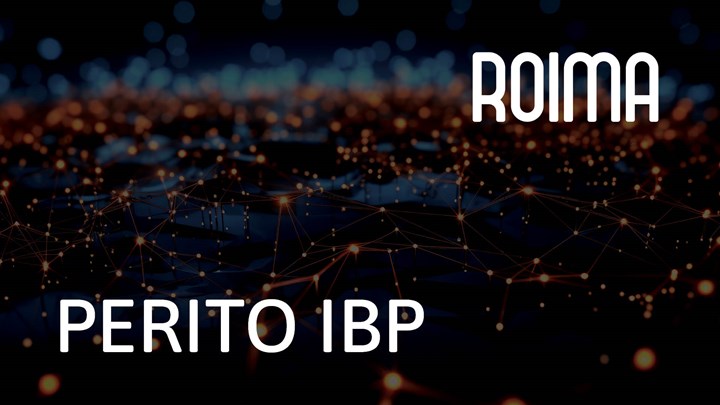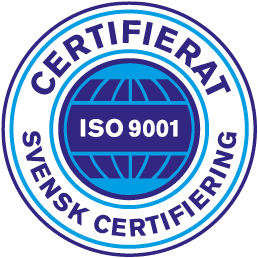What is executive S&OP – and how is it implemented?
Are you trying to navigate your business towards its strategic objectives? If so, then you need to look at your S&OP process. Executive S&OP is the key to more successful outcomes.
Why?
Because it is what facilitates space for better decision making on a tactical planning horizon. Companies commonly face the issue of separate strategic goals and objectives on different levels of planning. This is why implementing executive S&OP is so important.
Keep reading and gain a better understanding on how to get started.
Why is executive S&OP important?
Let us paint a picture of a common situation.
Your c-level executives have set a strategic goal stating that you should grow 15%. But on the operational level, the goal does not manifest into action. Top management and operations are not aligned and may be working towards different goals. Operations might even work against the strategic goals. Misalignment rarely happens intentionally. It is most often the result of poor executive involvement and understanding of the process.
A strong executive S&OP links the strategic budget and operations. This is important, as it facilitates a space for making better decisions. Essentially, it is about involving c-level management in the ups and downs of supply and demand planning, so that executives can make more qualified growth decisions and operations can follow the strategic goals.
But how is it implemented in reality?
A functional/successful S&OP process revolves around a series of steps leading to a quarterly meeting between supply chain managers and the executive committee. The goal is to bring top management and supply chain managers together under one roof and get them to start talking about the current and future situation.
What should be addressed in the executive S&OP meetings?
Prior to the meeting, an agenda needs to be formulated. In particular, two important points should be addressed and discussed at the meeting:
Firstly, all possible future supply and demand scenarios need to be addressed. What happens if A happens? And what happens if B happens? And if none of them happen, how do supply and demand look?
Secondly, what are the short-term and long-term goals? These goals need to be discussed so that everyone is working towards the same targets.
Furthermore, it is important that all decisions are based on real-time, current data and insight. Typically, product managers are responsible for gathering this information prior to the meeting.
An executive S&OP can be seen as a toolbox that can help you navigate the gaps in capacity and demand, as well showcase all the different opportunities. By becoming aware of ways to close the gaps, the overall process becomes not only more manageable, but also more precise.
Once the agenda for the upcoming meeting has been set, only one thing remains for a successful executive S&OP meeting — persuading the top management to participate.
How do you get top management to participate in the meetings?
Naturally, it is crucial for top management to understand and take part in the S&OP at a strategic level. The difficulty is that they are busy people and they often don’t see the need.
Top management too often allow supply chain managers to fix the gaps in the supply chain on their own. While it is true that “fixing the supply chain” is their job, fixing it requires the right input. Some of this input comes from top management.
What we come across is that there is often a language barrier between the top managers and the supply chain managers.
More specifically, supply chain managers are not speaking “business” — they are not speaking with a financial agenda in mind. Without business language, supply chain managers will have a hard time getting the attention of c-levels.
Consequently, they need to translate their technical lingo into something the top managers can relate to and understand.
Practically speaking, they need to offer insight focused on profitability and the life cycle of the portfolio.
All in all, an executive S&OP is important because it links the strategic budget and operations. The S&OP meeting should revolve around different supply and demand scenarios. It should be a space where a common goal can be articulated and recorded. And most importantly, top management participation should be encouraged by speaking with a financial agenda in mind.
Hopefully reading this article has given you a better understanding of the S&OP process and made you feel more confident about starting it and seeking the involvement of the executive management.
-
Perito
PERITO IBP
Additional text for product card: A complete Integrated Business Planning package designed to help you navigate rapid changes in your business and profitably manage your supply chain.












